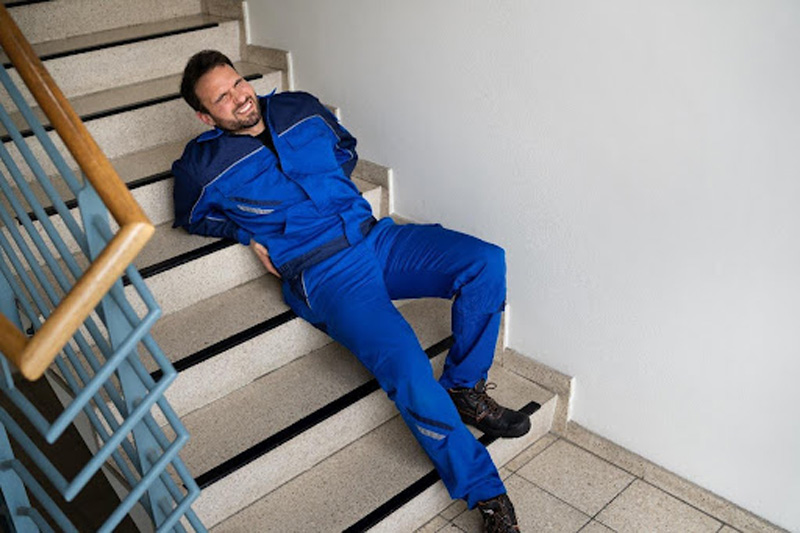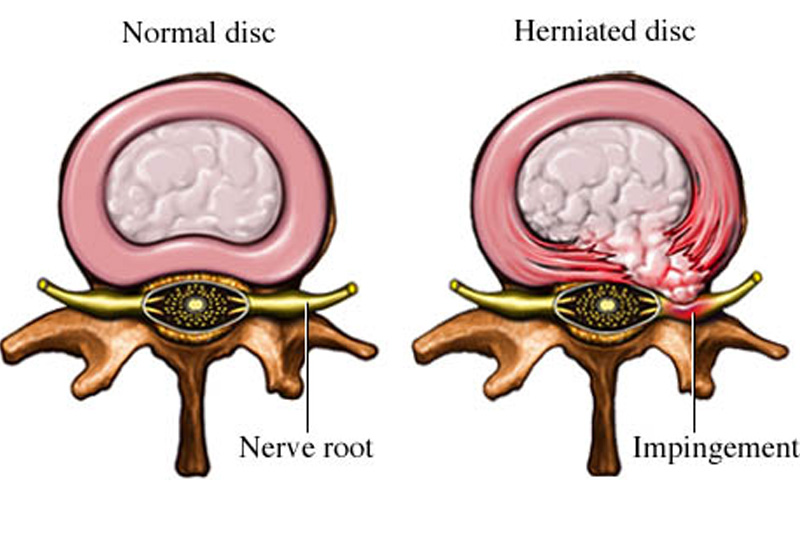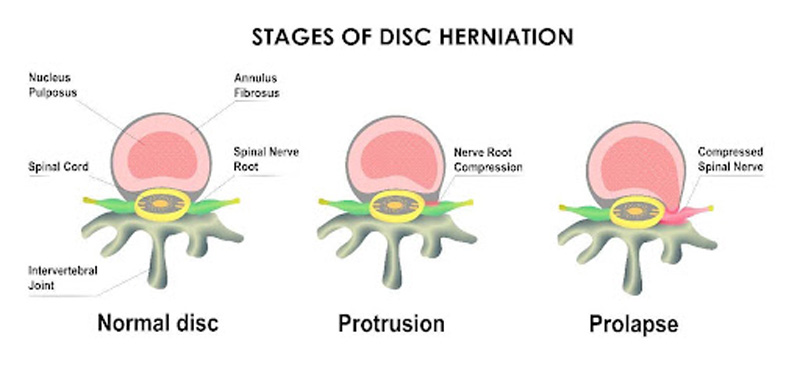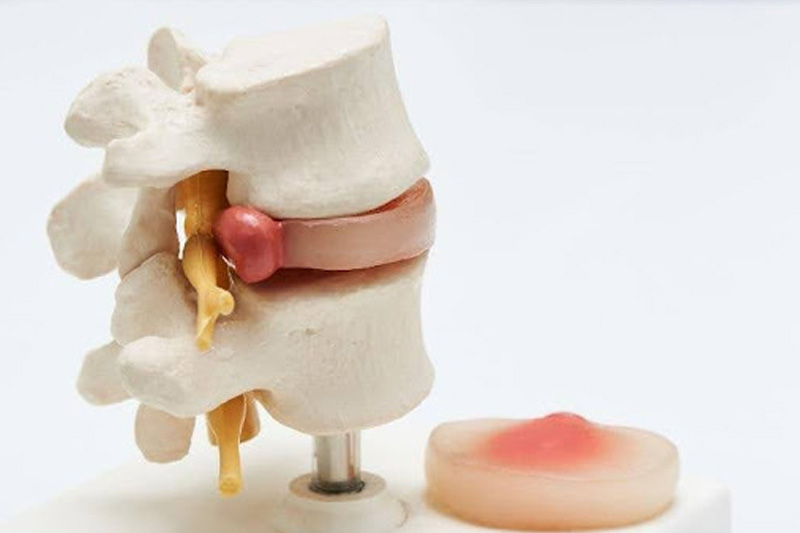CONDITIONS
Slipped Disc

Causes of disc pathology
Poor posture & improper workouts – poor posture causes tension in your upper back, neck and shoulders
Weak Muscle surrounding core – a sedentary lifestyle would lead to this or
Unnatural/twisting motion – Twisting or turning to lift a very large
Age – As we age, it is an inevitable fact that the outer ring will of the disc will become weak or torn and this will allow the inner portion to bulge or even leak out due to weakening
Mechanism of injury – Weather the injury is accumulated by repetitive unnatural/heavy loading or a high force, high impact injury from a fall, this will be presented as the severity of the condition
Symptoms of Disc pathology
Most herniated discs occur in the lower back, but they can also occur in the neck. Signs and symptoms depend on where the disk is situated and whether the disk is pressing on a nerve. Herniated disks usually is when the nucleus has ruptured out of the protective annulus fibrosus and these often times affect one side of the body or when it gets big enough and severe enough to encroach a whole area of the nerve roots, both sides may show up symptoms. These are commonly known as disc prolapse where other neurological signs may show up.
The most common site for a slipped disc to occur in the neck and lower back based on the type of injury sustained. A common one would be during a car accident or a slip and fall where the injury would be focused on the location whereby the majority of the trauma is being put upon.
Hard core neurological signs such as Weakness or Atrophy may occur. Muscles served by the affected nerves tend to weaken. This can cause you to stumble, or affect your ability to lift or hold items.

Symptoms of neck or lower back disc pathology
For a herniated disc in your neck, you’ll typically feel the most pain in your shoulder and arm. This pain might shoot into your arm or symptoms would show up radiating constantly down the arm or pins and needles sensation down from neck to hand. If your herniated disc is in your lower back, besides pain in your lower back, you’ll typically feel pain in your buttocks, thigh and calf. You might have pain in part of the foot as well. This is especially prominent when you cough, sneeze or move into certain positions. Pain is often described as sharp or burning.

When disc is NOT Herniated, they typically present to us as disc protrusion and prolapse
Common symptoms
Numbness or tingling. People who have a herniated disc often have radiating numbness or tingling in the body part served by the affected nerves and it can be constant or on and off.
You can have a pathological disc without symptoms. You might not know you have it unless it shows up on a spinal image such as MRI
Conventional treatment people go to for a disc pathology
Surgery on slipped discs is an invasive procedures may lead to a long recovery time depending on the individuals fitness level and severity of the condition. Meanwhile, over-the-counter or prescription drugs are associated with harmful side effects if used for prolonged periods and the root cause of the problems is not being addressed. Dependence on these medications may also lead to addiction, all the while masking pain instead of absolving it as one is dealing with the issue through chemical means, whereas all of the disc pathology has a physical nature to it.
Decompression therapy: Spinal Decompression therapy is a safe, non- surgical and drug free treatment method for patients who suffer from chronic neck and back pain caused by disc problems and other spinal related conditions. A decompression treatment gently lengthens and releases the spine through repetitive movements Spinal Decompression table. As the table pulls and releases, a negative pressure change is created within the intervertebral disc, surrounding soft tissue and spinal joints. The reduction of pressure inside the disc allows the disc bulge or herniation and the nutrients to be pulled back into the disc. Rehydration of the disc and surrounding structures creates a physiological change which decreases pain levels and assists the body’s natural healing process.

How Chiropractic care can help with disc pathology?
Chiropractic care, on the other hand, is an individualized program focused on long-term prevention for disc pathologies to relapse. A chiropractor will provide a full physical evaluation and discuss all possible treatment options with you. Spinal manipulation by a chiropractor that is trained in providing spinal adjustments is key so that vertebrae is able to be well adjusted thus restoring spinal integrity. Even a slight misalignment in the spine can cause a whole host of health issues, while relieving spinal subluxations could have beneficial effects. At peak health chiropractic, we would also focus on physical therapy to ensure there is a certain amount of accountability that patients would be proactive with their own spinal conditioning. When disc goes through damage, we want to provide the best environment for recovery to take place because any uncorrected spinal injuries would then lead to quicker degenerative changes.
Lifestyle changes such as postural advice, stress reduction, good quality sleep and nutritional counselling would be beneficial to speed up recovery. Lifestyle improvements are essential in bringing about long-term wellness.

